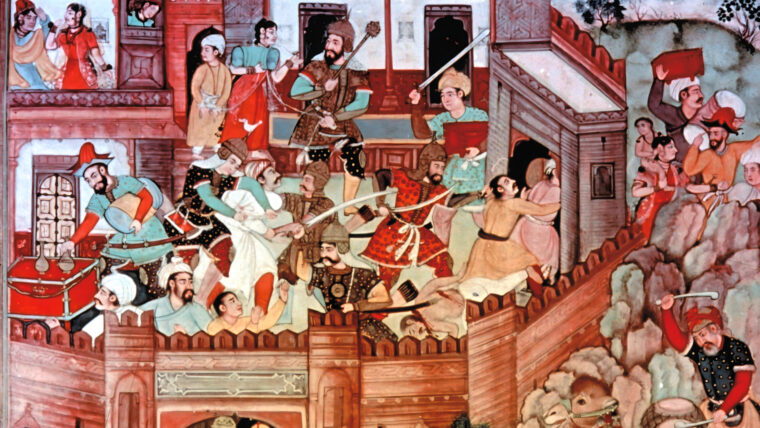
Military Heritage October 2011
The Mongol Hordes Invade China
By Steven M. JohnsonIn ad 1205, Mongol ruler Genghis Khan, having completed the unification of his Gobi Desert empire, began looking south toward China for further conquest. Read more

Military Heritage October 2011
In ad 1205, Mongol ruler Genghis Khan, having completed the unification of his Gobi Desert empire, began looking south toward China for further conquest. Read more
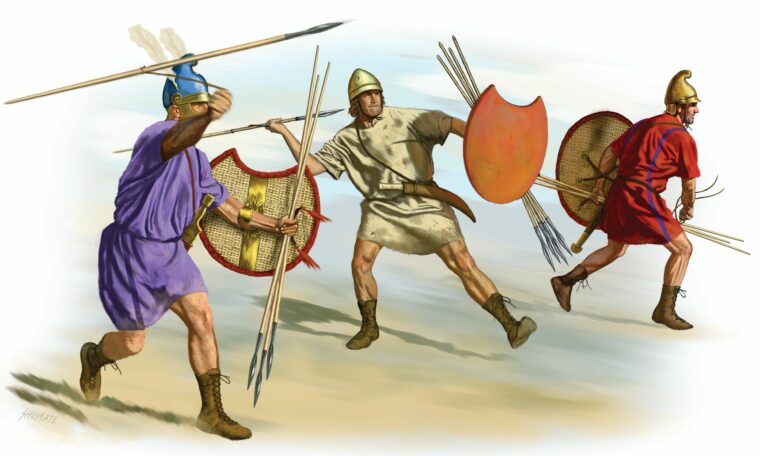
Military Heritage October 2011
The 3rd century BC in Greece was an age of military innovation. The lessons learned in the Peloponnesian War (431-404) led to the increased use of lightly armed troops and cavalry. Read more
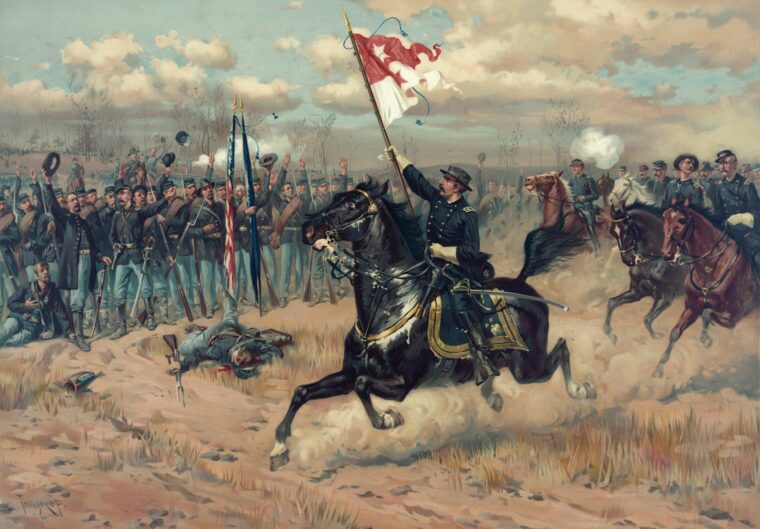
Military Heritage October 2011
Phil Sheridan had a bad feeling. The bantam-sized Union general always trusted his instincts, and now, in mid-October 1864, those instincts were telling him that trouble was brewing back at the front, where his Army of the Shenandoah was encamped near Cedar Creek, Virginia, resting and relaxing after a busy few weeks burning civilian farms and slaughtering thousands of head of livestock from Staunton north to Woodstock. Read more
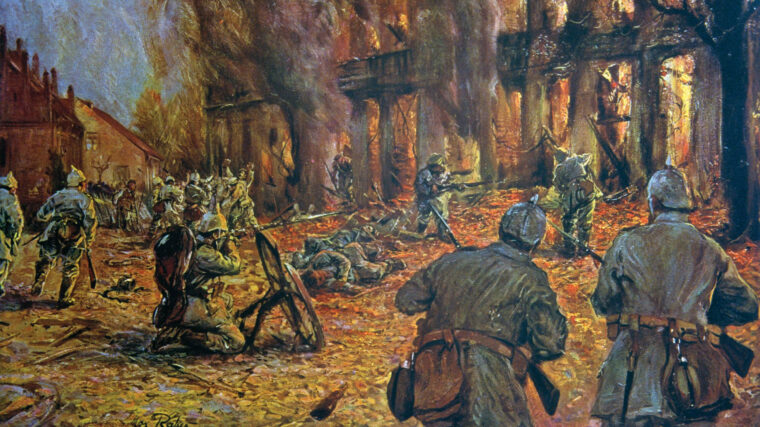
Military Heritage October 2011
On August 2, 1914, Russian Czar Nicholas II appeared on the balcony of the Winter Palace in St. Read more
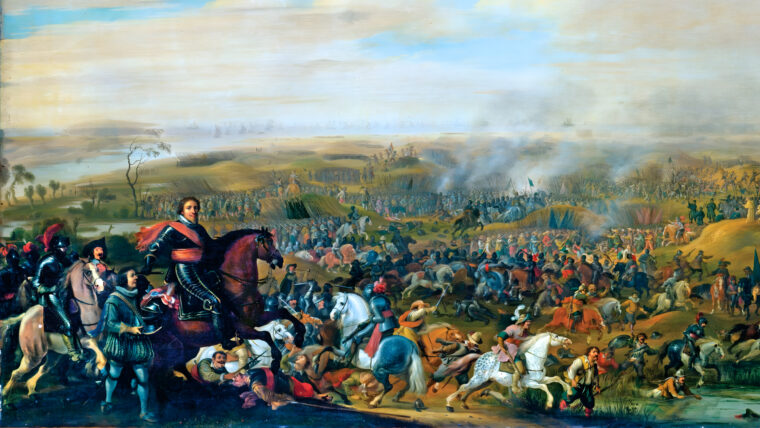
Military Heritage October 2011
The Dutch revolt against Spain reached one of its many climaxes on July 10, 1584, when an assassin took the life William the Silent, stadtholder of the new Dutch Republic and the most prominent member of the House of Orange. Read more
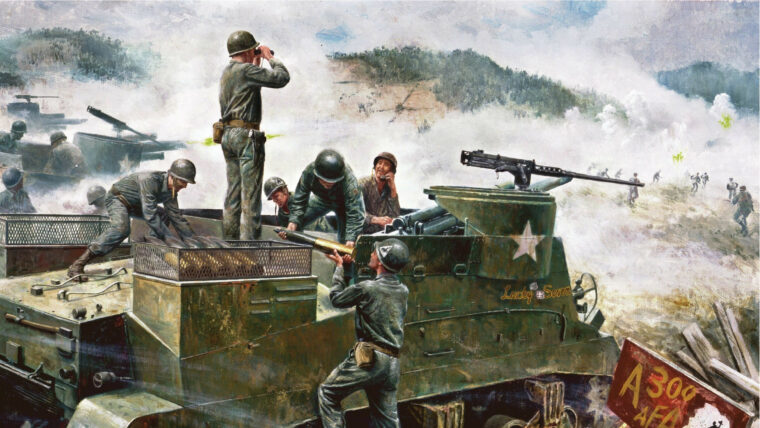
Military Heritage October 2011
By mid-April 1951, the war in Korea was nearly 10 months old. United Nations forces had suffered a reversal of fortunes in late 1950 with the entry of Communist China into the war, losing the South Korean capital of Seoul but later regaining it. Read more